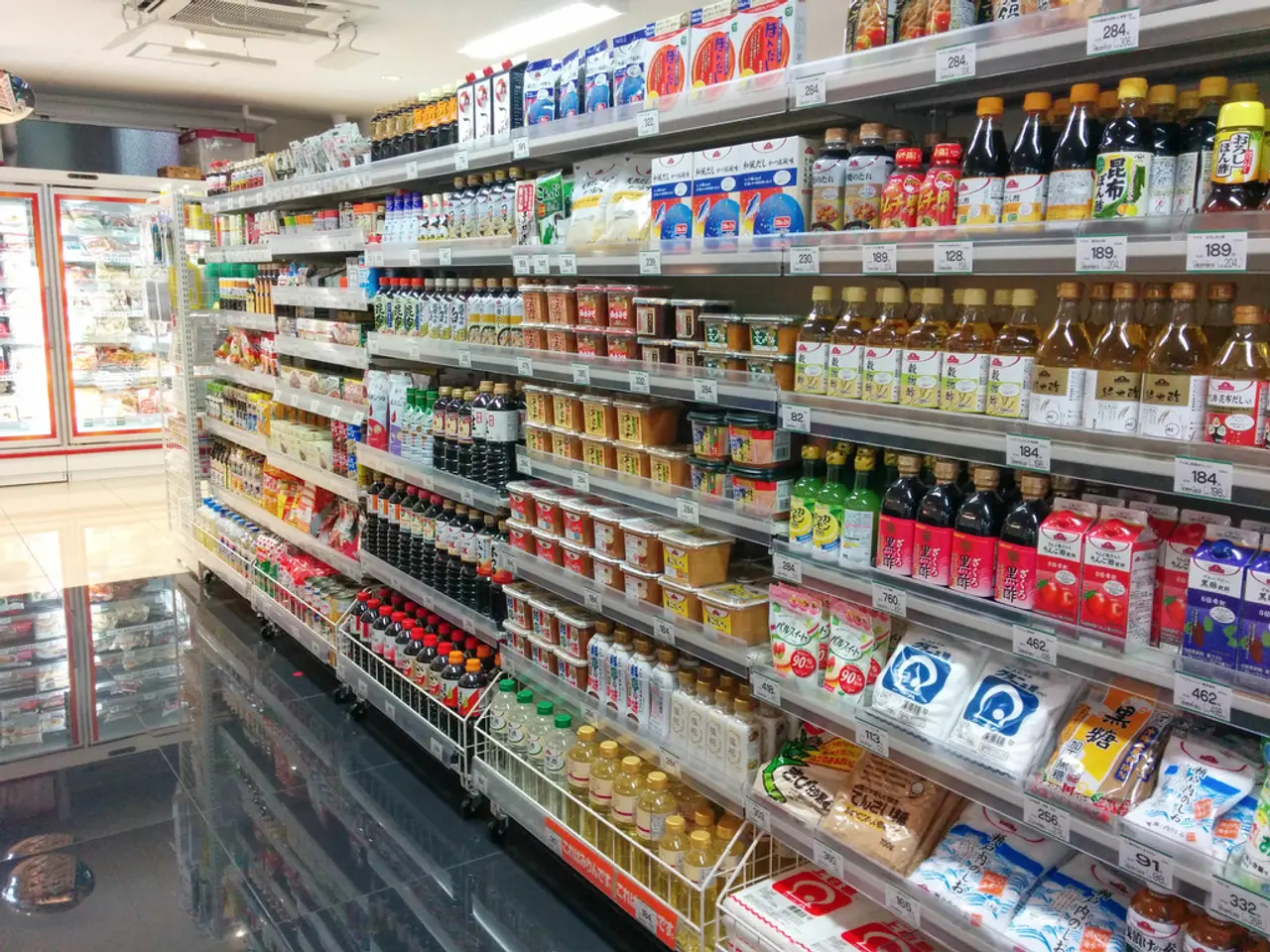Exploring Distinctive Aspects in Home Delivery Services: The Impact of Generation Z
In the ever-evolving landscape of ecommerce, the focus on delivering a seamless shopping experience is more crucial than ever. With the U.S. ecommerce market continuing to grow, albeit at a more measured pace than during the pandemic surge, retailers are facing new challenges and opportunities, particularly when it comes to catering to the expectations of younger consumers.
According to recent data, under-35 consumers have driven the most growth in ecommerce over the past year, accounting for a significant portion of the market. These digital natives have high expectations for the online shopping and delivery experience, with delivery cost, security, and robust tracking being key priorities.
However, poor delivery experiences can have a detrimental impact on the customer experience, eroding brand trust, spiking customer acquisition costs, and jeopardizing long-term profitability. A staggering 79% of under-35s experienced at least one delivery issue in the past three months, compared to 66% of all consumers and just 53% of over-65s. This highlights the importance of delivering on the promises made to these valuable customers.
Retailers that can accommodate these preferences, offering low-cost, reliably timed, or eco-friendly deliveries, will stand out. In fact, by tailoring delivery services to meet the expectations of younger consumers, ecommerce businesses can turn a slowing market into an opportunity for competitive advantage. This approach can help build stronger brand loyalty, reduce churn, and enhance customer lifetime value.
Interestingly, younger shoppers are not always focused on speed. While they expect fast, reliable, and flexible delivery, many are less concerned with speed and more focused on cost, precise delivery windows, or sustainability. In fact, 40% of under-35s prefer sustainable delivery options, compared to just 23% of those over 65.
The influence of younger demographics, such as Gen Z and younger Millennials, is undeniable. These groups are shaping retailer logistics strategies, pushing for speedy delivery options, transparent tracking, and omnichannel fulfillment models. To meet these demands, retailers are investing in supply chain efficiencies and leveraging leading last-mile home delivery technology to provide younger consumers with delivery flexibility, reliability, and personalization.
However, challenges remain. Ecommerce retailers, particularly those heavily reliant on imports from China, are facing higher costs of goods sold (COGS) due to new tariffs and the removal of the de minimis exemption. These increased costs are putting pressure on retail margins and consumer sentiment, causing some retailers to pause expansion and open-to-buy decisions.
Despite these challenges, the strategic growth opportunity in younger consumers cannot be overlooked. Gen Z and younger Millennials aged 18-35 are expected to account for nearly 20% of global spending by 2030. For retailers, improving the delivery experience is essential, and the under-35 demographic represents both a challenge and a lifeline.
In today's digital-first world, poor delivery experiences can significantly damage brand reputation and future revenue. Therefore, it is crucial for ecommerce businesses to prioritise delivering on their promises, offering a seamless and efficient delivery experience that meets the expectations of younger consumers. By doing so, they can turn a slowing market into a thriving opportunity for growth and success.
Sources: [1] Adobe Analytics, "2022 U.S. Retail Ecommerce Sales Forecast" [2] National Retail Federation, "U.S. Ecommerce Sales Projected to Grow 6 Percent in 2025" [3] Statista, "U.S. Ecommerce Sales 2014-2025"
- To attract and retain younger consumers in the evolving ecommerce market, retailers must address their preferences for delivery options, catering to cost, precise delivery windows, and eco-friendly deliveries, as highlighting the importance of tailoring delivery services to meet their expectations can turn a slowing market into an opportunity for competitive advantage.
- Despite the challenges posed by increased tariffs and higher costs of goods sold (COGS), ecommerce businesses heavily reliant on imports from China are urged to invest in supply chain efficiencies and leverage technology for last-mile home delivery, to meet the demands of young demographics for speedy delivery options, transparent tracking, and omnichannel fulfillment models.
- With younger consumers, such as Gen Z and younger Millennials, shaping retailer logistics strategies, it is essential for ecommerce businesses to prioritize delivering a seamless and efficient delivery experience that meets their expectations, as a poor delivery experience can significantly damage brand reputation and future revenue in today's digital-first world.




